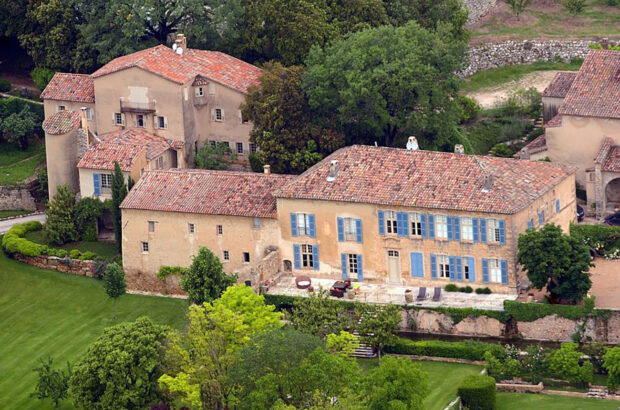This year's winner of the Decanter World Wine Awards International Trophy for the Best in Show Dry Fortified over £15 went to González Byass, Tres Palmas, Sherry, Spain.
González Byass, Tres Palmas, Sherry, Spain NV (16%)
Opulent walnut, caramel and vanilla nose with a soft ozone tang. Extraordinarily beautiful palate with an intense, sea-salty richness. Nutty and robust, with splendid fruit, toffee and orange peel, and a rich kernel finish.
UK £34.99 (500ml); HvN, L&W, Lay, WSo
Tasted against There were no other Regional Trophies in this category
With this International Trophy, González Byass has broken Fernando de Castilla’s four-year reign, which saw it finding success with an amontillado (twice), a palo cortado and a fino. While strictly a fino, this Trophy-winner from González Byass is a unique and rare interpretation of that classic style.
What happens when Tío Pepe Sherry is allowed to stay longer in the solera? That’s a question that González Byass has answered with the Palmas range of wines. There are four of them, named Uno to Cuatro, each older than the last, and they offer a remarkable education in Sherry ageing for any aficionado. As the years pass the layer of flor on the wine in solera dies and the oxidative character of amontillado takes over, building complexity and concentration.
This Trophy winner, a 10-yearold, had a superb balance between mature fino and dry amontillado intensity. The two Palmas wines on either side of it – the 45-yearold Cuatro, classified as an amontillado, and the eight-yearold Dos, a fino – both won Silvers, while the youngest in the quartet, the six-year-old Uno, won a Bronze, as did Tío Pepe Fino itself. It’s a great accolade for winemaker Antonio Flores of González Byass, whose father was winemaker before him.
And Palmas? The name comes from the fact that the cellarmaster marks a curved chalk line on a butt to indicate that it has more flor than usual for its age. As the years pass and the flor in most of the butts fades away, the few where it lives on are chalked and rechalked until the lines marked on the butt resemble a palm tree.
Jerezanos have always known about these fascinating wines that lie between fino and amontillado, so it’s wonderful that more bodegas are exporting them at last. They come in limited quantities, so snap them up.
Sarah Jane Evans MW
Written by Decanter







